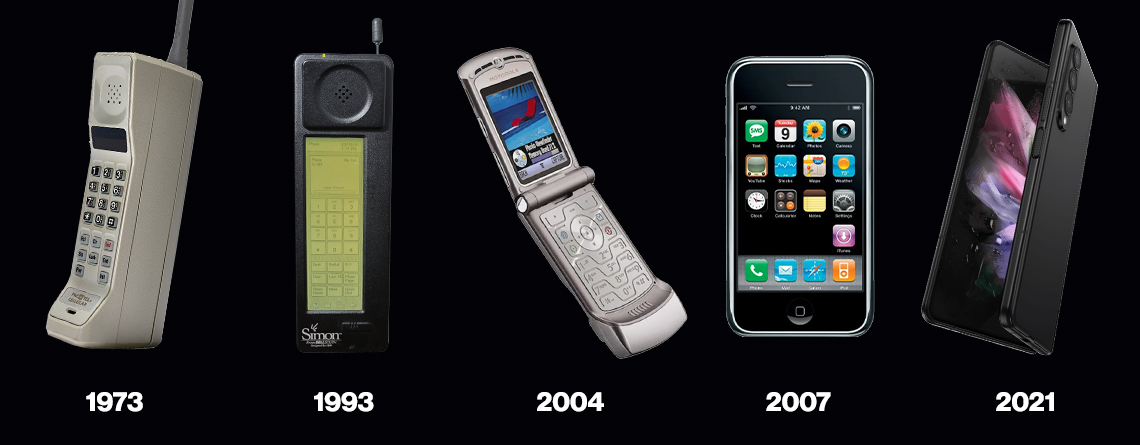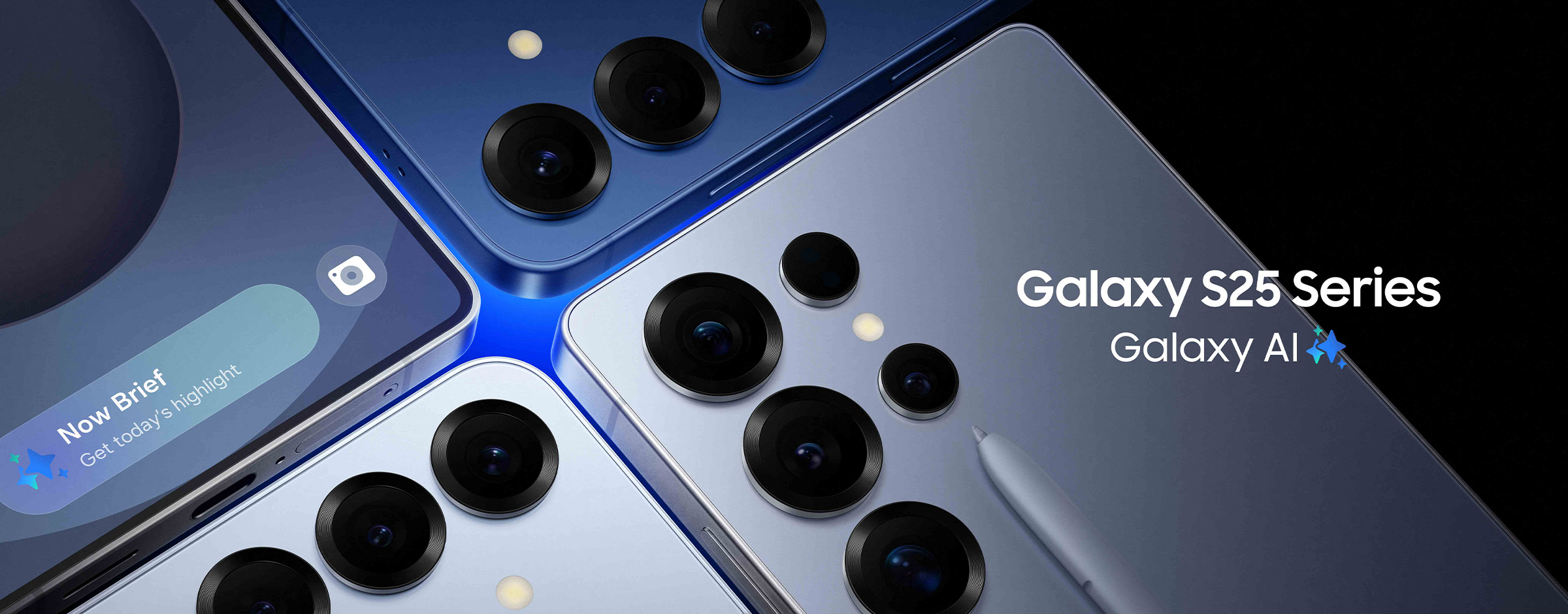Technically, you could live a fully connected, informed, and fulfilling life without a smartphone. Let’s be honest, though: no one really wants to do that. Wireless devices have forever changed the means we use to keep in touch, work, and stay entertained. Your favorite Apple, Samsung, or Motorola phone today is the result of many decades of innovation. Keep reading to learn more about the history of smartphones.
Cell phones vs. smartphones
The Oxford dictionary defines a smartphone as a “mobile phone that also has some of the functions of a small computer.” That typically means the ability to check your email, browse websites, and use software (like apps for productivity and travel) that require the internet.
Where cell phones gave us the ability to call and text without a physical phone line, smartphones provide us with full online access and much richer functionality.
When was the first cell phone invented?
The first handheld mobile phone was invented in 1973 by Motorola. The first call was made by Martin Cooper, one of the company’s engineers, on a DynaTAC 8000X.
When did cell phones become popular?
Cell phones became popular in the ‘90s and early 2000s. As wireless networks improved, especially between 3G and 4G/4G LTE, the technology shifted from cell phones to smartphones. Today, 5G offers even more speed and reliability than ever.
Some brands use newer smartphone design to appeal to the nostalgia that many customers have for previously popular cell phones. The Motorola razr, for example, pairs the original foldable form with current day specs.
When was the first smartphone invented?
The first version of what we’d consider a smartphone was invented in 1992 by IBM. Called the Simon Personal Communicator (or just IBM Simon), it was made available for purchase in 1994 and sold by the tens of thousands.
IBM Simon distinguished itself from previous generations of cell phones with features like the ability to send and receive emails, and a touch screen. It also came with built-in programs including:
- Calendar
- Address book
- Appointment scheduler
- Standard and predictive stylus input keyboards
- Electronic note pad
- Handwritten annotations
The design, tools, and performance capabilities of smartphones have evolved massively over the years, however, many of the same features found in the IBM Simon and other early models are now standard in today’s smartphones.
When did we start calling them smartphones?
The term “smartphone” became commonplace as smartphones themselves became more affordable and accessible throughout the 2000s. Many consider the arrival of the first Apple iPhone in 2007 as the first fully realized smartphone. This iconic device allowed for a full internet experience, similar to a laptop or desktop computer. Now in its 13th generation, the iPhone is still one of the most in-demand devices on the market.
What does the future of smartphones look like?
Wireless technology is constantly advancing, which means advancements for a wide range of other industries. 5G has made integrating smartphones, tablets, and other devices into our lifestyles and workspaces much easier. They’re already being used together to improve how you access healthcare and public services, along with work and entertainment. Future devices may feature AR and VR more heavily, creating more immersive online experience that you can share from anywhere in the world.
Currently, 85% of adults say they own a smartphone. While “smartphone” and “cell phone” are completely distinct terms, they’re often used interchangeably now. Cell phones remain an important milestone in the history of smartphones, but their newer, more feature-rich counterparts were made to work with faster, higher capacity networks, like Verizon 5G.
Founded in 1993, Cellular Sales proudly serves as Verizon’s premier retail partner. With almost 800 locations nationwide and more than 7,000 employees, we proudly connect customers with top-tier products and services. We were recently named the Verizon Agent of the Year 2021 and have been named to Inc. Magazine’s 5000 as one of the nation’s fastest growing companies nine times. For more information, visit cellularsales.com or follow us on social media at facebook.com/cellularsales and @cellularsales on Instagram. For career information, visit cellularsales.com/careers/.





